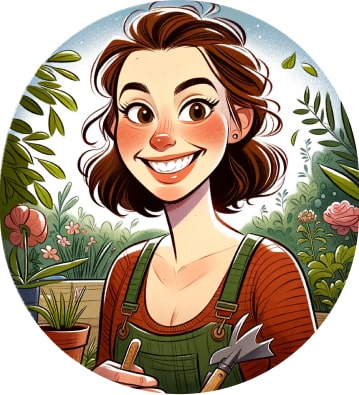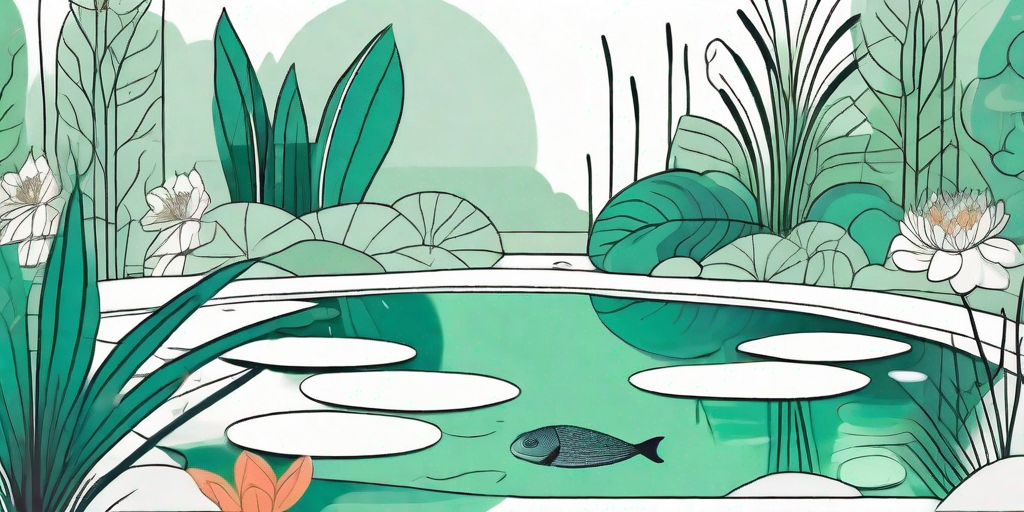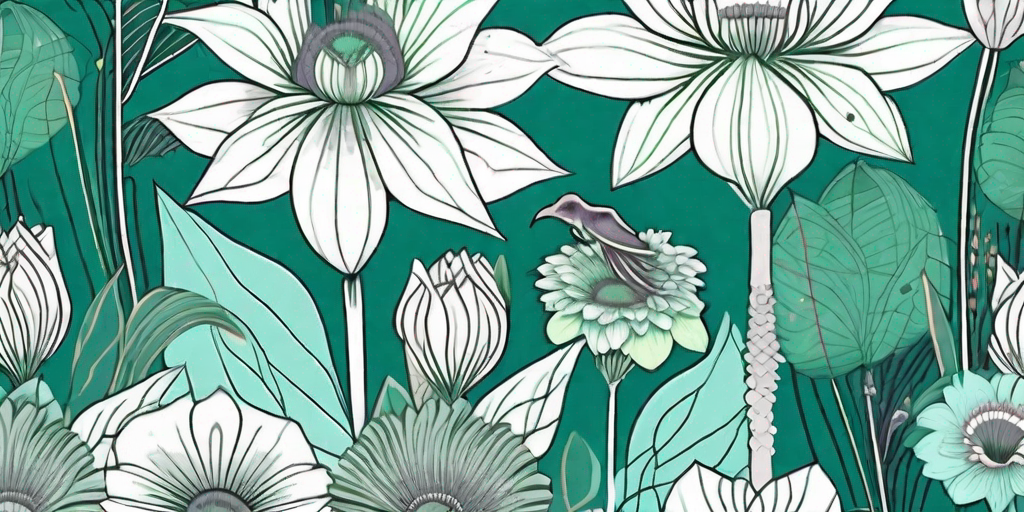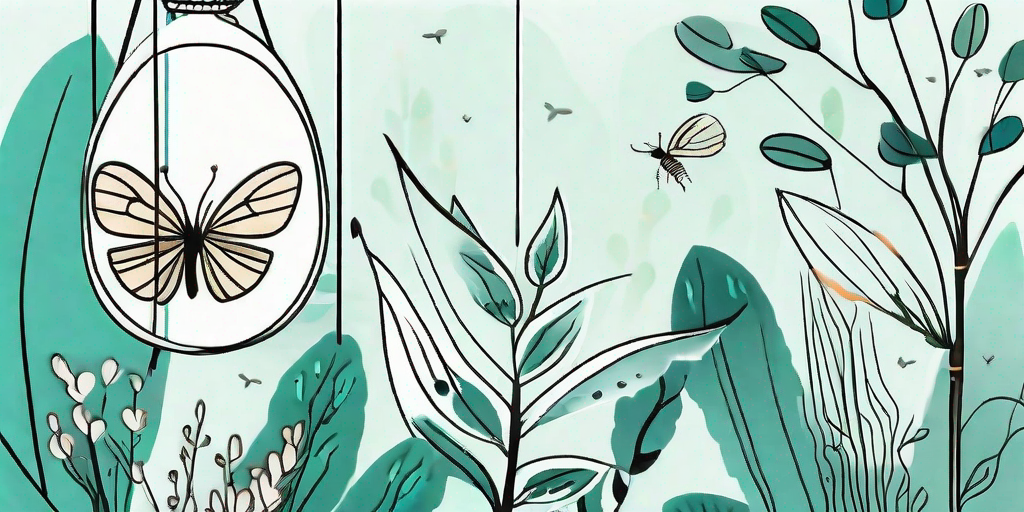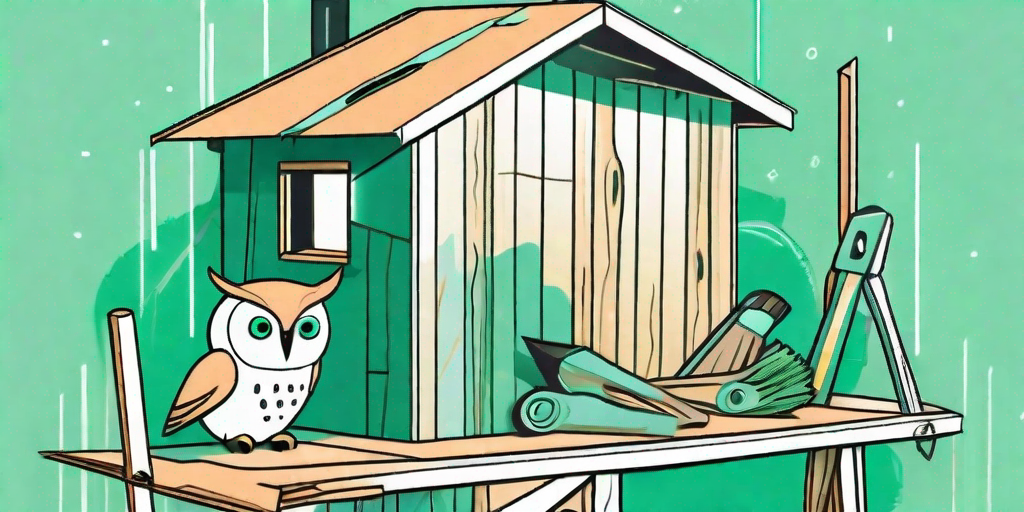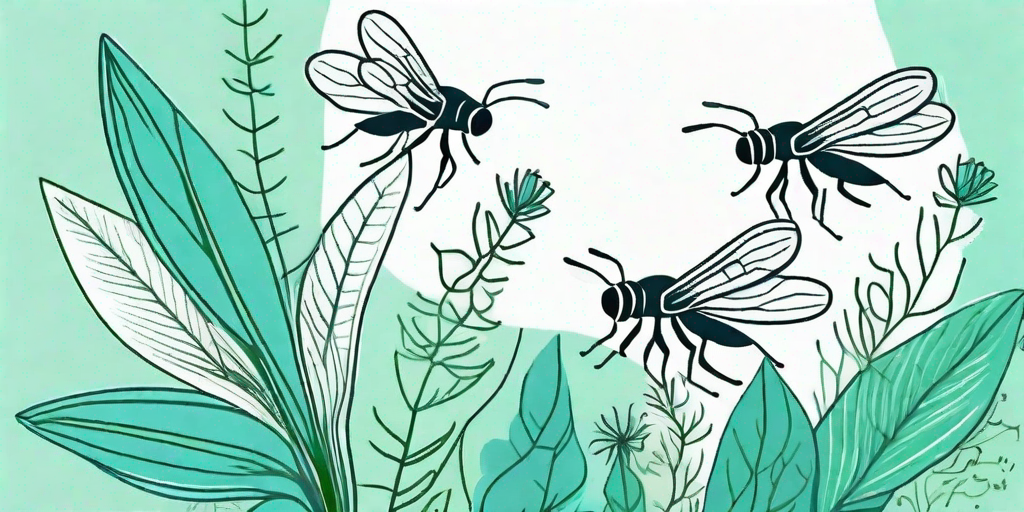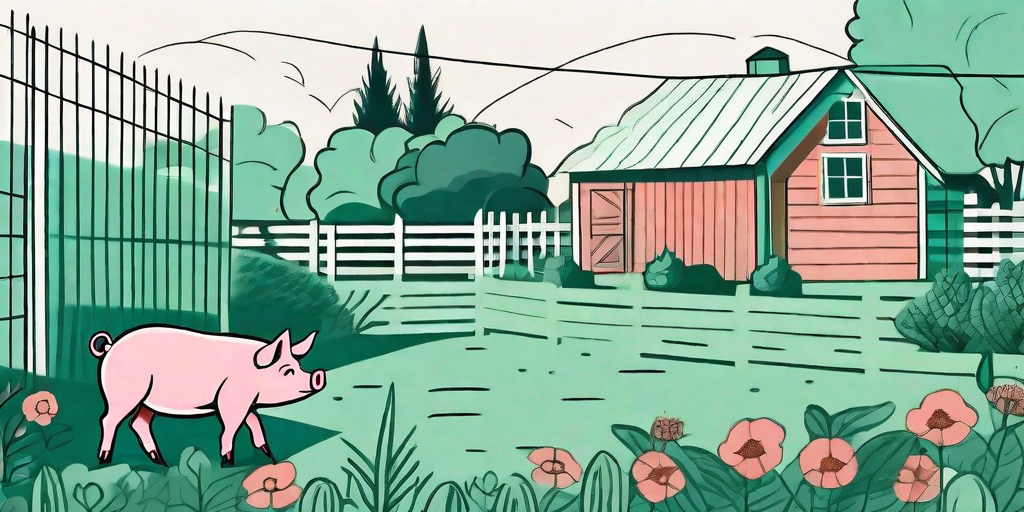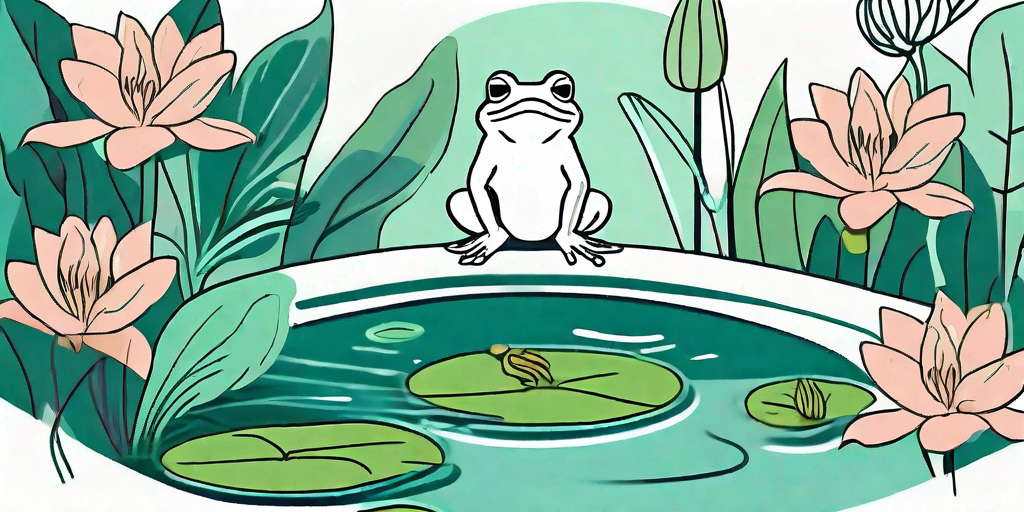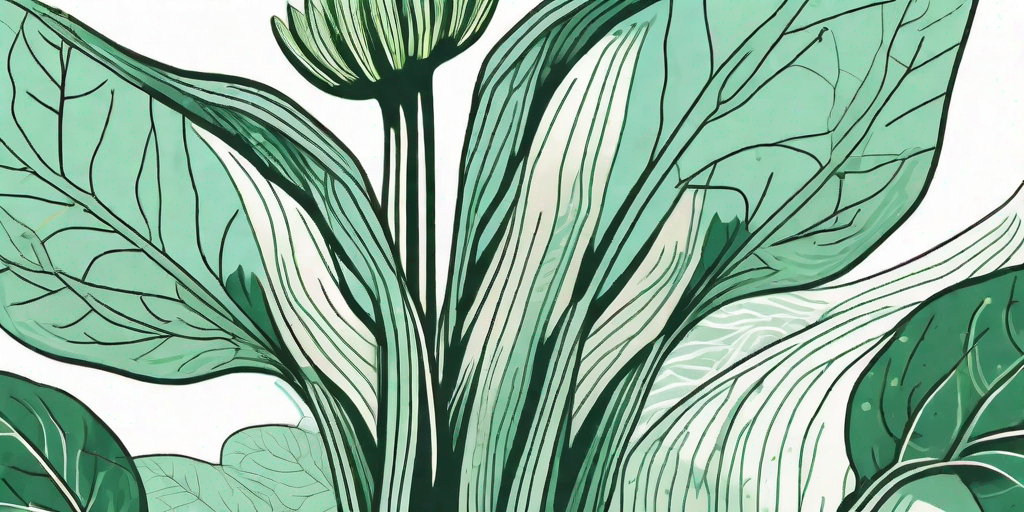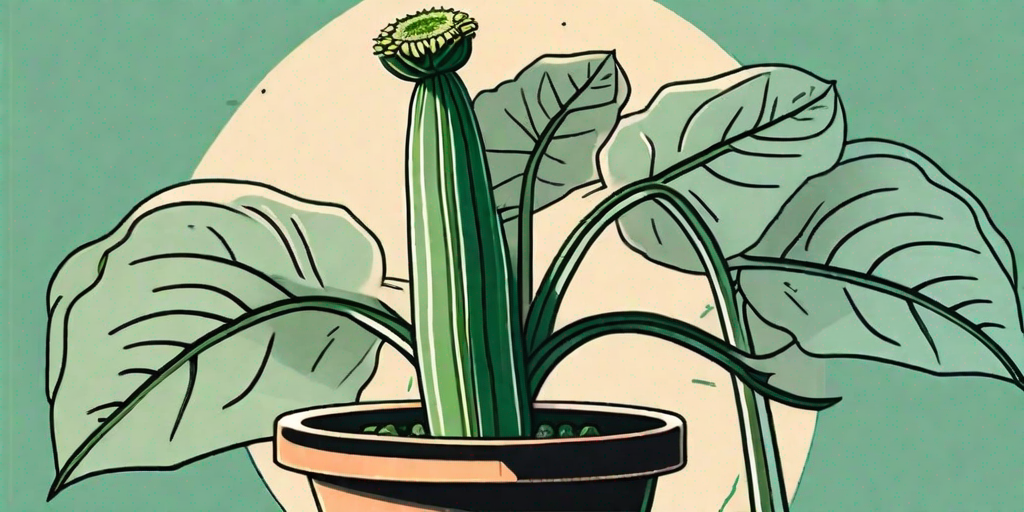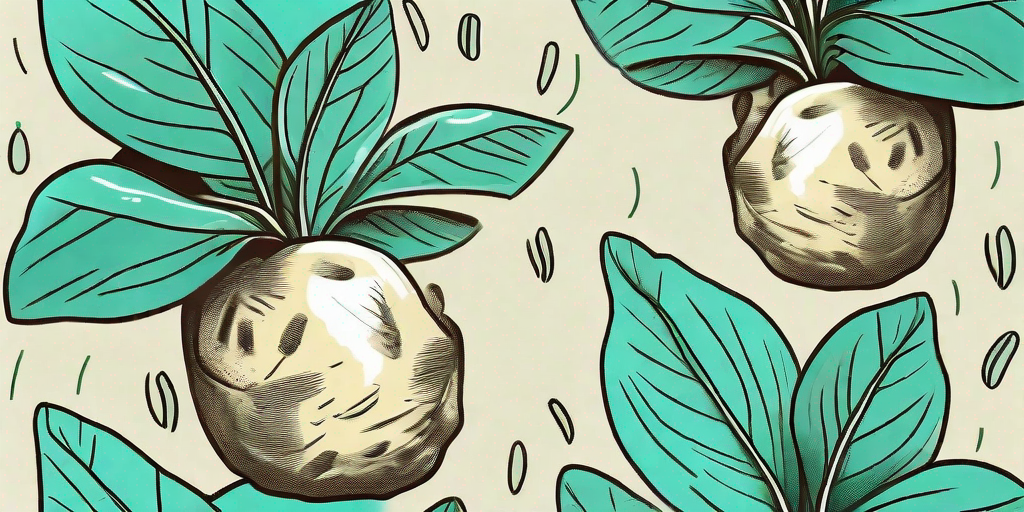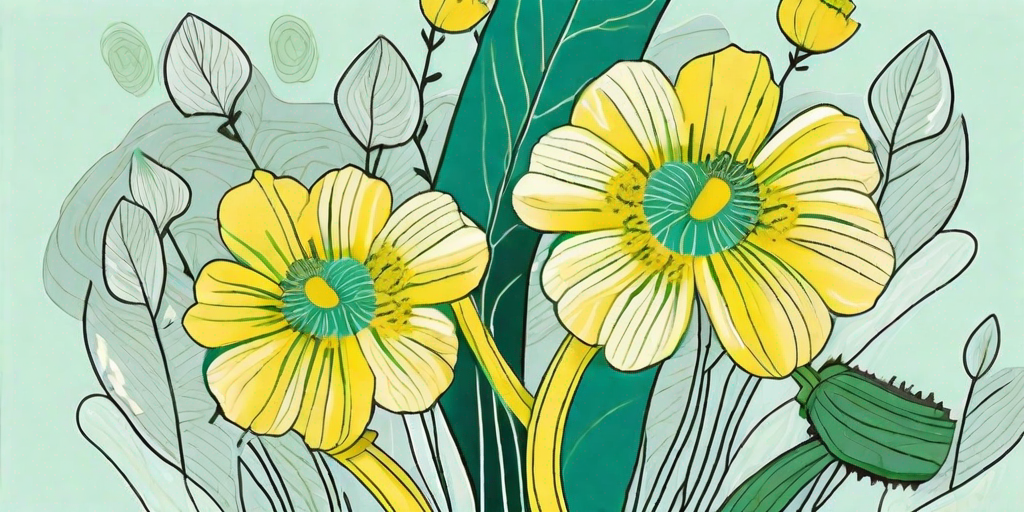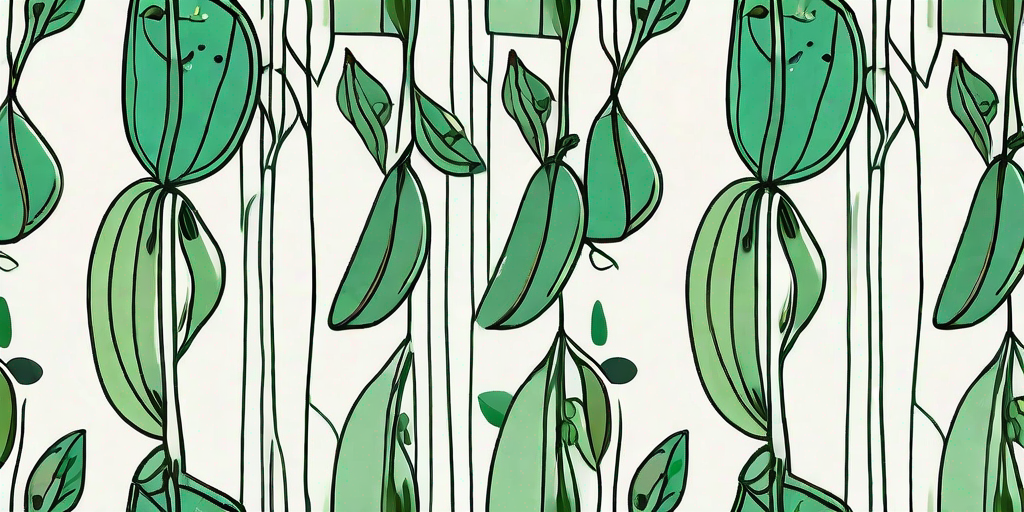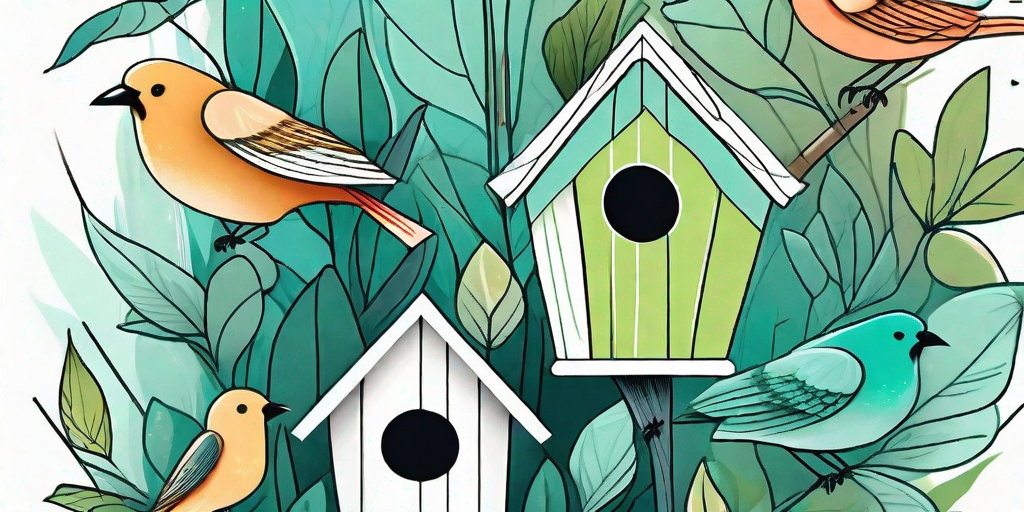
Are you looking to add a touch of tranquility to your garden? Or perhaps you're an aspiring aquarist, eager to create a haven for your scaly friends? Whatever your motivation, creating a small pond in your garden is a fantastic way to enhance its aesthetic appeal and promote biodiversity. But before you grab your shovel and start digging, there are a few things you need to know. So, let's dive in, shall we?
Planning Your Pond
Like any great masterpiece, your pond begins with a vision. But this isn't just about imagining how it'll look when it's finished. It's about considering the practicalities, too. Where will it go? How deep should it be? What plants and animals will live there? These are all questions you need to answer before you start digging.
Location is key. You want a spot that gets plenty of sunlight, but not too much. Too much sun can lead to an overgrowth of algae, turning your beautiful pond into a green, slimy mess. And let's face it, nobody wants that.
Size and Depth
When it comes to size and depth, bigger isn't always better. A small, shallow pond can be just as beautiful and much easier to maintain than a large, deep one. Plus, it's less likely to turn your garden into a swamp if things go wrong. Aim for a depth of around 30-60cm. This should be enough to keep the water temperature stable and provide a safe habitat for wildlife.
As for size, this will largely depend on the space available. But remember, your pond doesn't have to be huge to make a big impact. Even a small pond can be a stunning feature if it's well designed and cared for.
Building Your Pond
Now that you've got your plan, it's time to get your hands dirty. But don't worry, building a pond isn't as daunting as it might seem. With a bit of elbow grease and the right tools, you'll have your pond up and running in no time.
First, you'll need to dig a hole. This is where that shovel comes in handy. But remember, it's not just about digging a big hole in the ground. You need to shape it, too. Sloping sides are a good idea as they allow wildlife to get in and out easily.
Installing a Pond Liner
Once you've got your hole, it's time to line it. A pond liner is essentially a waterproof barrier that keeps the water in your pond. There are several types to choose from, including flexible liners and preformed liners. Flexible liners are more versatile and can be molded to fit any shape, while preformed liners are easier to install but less flexible.
When installing your liner, make sure it's free from wrinkles and folds. These can lead to leaks, which are a pond owner's worst nightmare. Once your liner is in place, you can start filling your pond with water. But don't just use tap water. It contains chemicals that can harm wildlife. Instead, use rainwater or dechlorinated tap water.
Adding Plants and Animals
Now comes the fun part: adding plants and animals. This is where your pond really starts to come alive. But before you rush out and buy every plant and fish you can find, remember that balance is key. Too many plants can suffocate your pond, while too many fish can lead to overpopulation.
When choosing plants, consider their size, growth rate, and the conditions they prefer. Some plants thrive in full sun, while others prefer shade. Some grow quickly and can take over your pond if not kept in check, while others grow slowly and require little maintenance.
Choosing the Right Fish
As for fish, it's important to choose species that are suitable for your pond. Goldfish are a popular choice due to their hardiness and vibrant colors. However, they can grow quite large and may not be suitable for smaller ponds. Other options include koi, shubunkins, and orfe.
Remember, fish need space to swim and grow. As a rule of thumb, you should have no more than one inch of fish per square foot of water surface. This will help ensure your fish have enough room to move around and won't overtax your pond's ecosystem.
Maintaining Your Pond
Once your pond is up and running, it's important to keep it clean and healthy. This means regularly removing dead leaves and other debris, checking the water quality, and keeping an eye out for pests and diseases.
It's also a good idea to install a pond pump and filter. These will help keep the water clear and oxygenated, which is essential for the health of your fish and plants. Plus, they can create a lovely waterfall or fountain effect, adding an extra touch of beauty to your pond.
Frequently Asked Questions
Can I build a pond in a small garden?
Absolutely! Even a small garden can accommodate a pond. You just need to plan carefully to make the most of the space available. Remember, a small, well-designed pond can be just as beautiful as a large one.
What wildlife can I attract with my pond?
A well-maintained pond can attract a wide variety of wildlife, from frogs and newts to birds and insects. You might even get a visit from a hedgehog or two!
How often should I clean my pond?
This will depend on the size of your pond and the number of plants and animals in it. As a general rule, you should aim to clean your pond at least once a year. However, you may need to do it more frequently if you notice a build-up of algae or other problems.
Conclusion
Creating a small pond in your garden is a rewarding project that can enhance your outdoor space and provide a haven for wildlife. With careful planning, the right tools, and a bit of hard work, you can create a beautiful, thriving pond that you'll be proud to show off. So why not give it a go? You might just find that it's the splash of life your garden has been missing!


